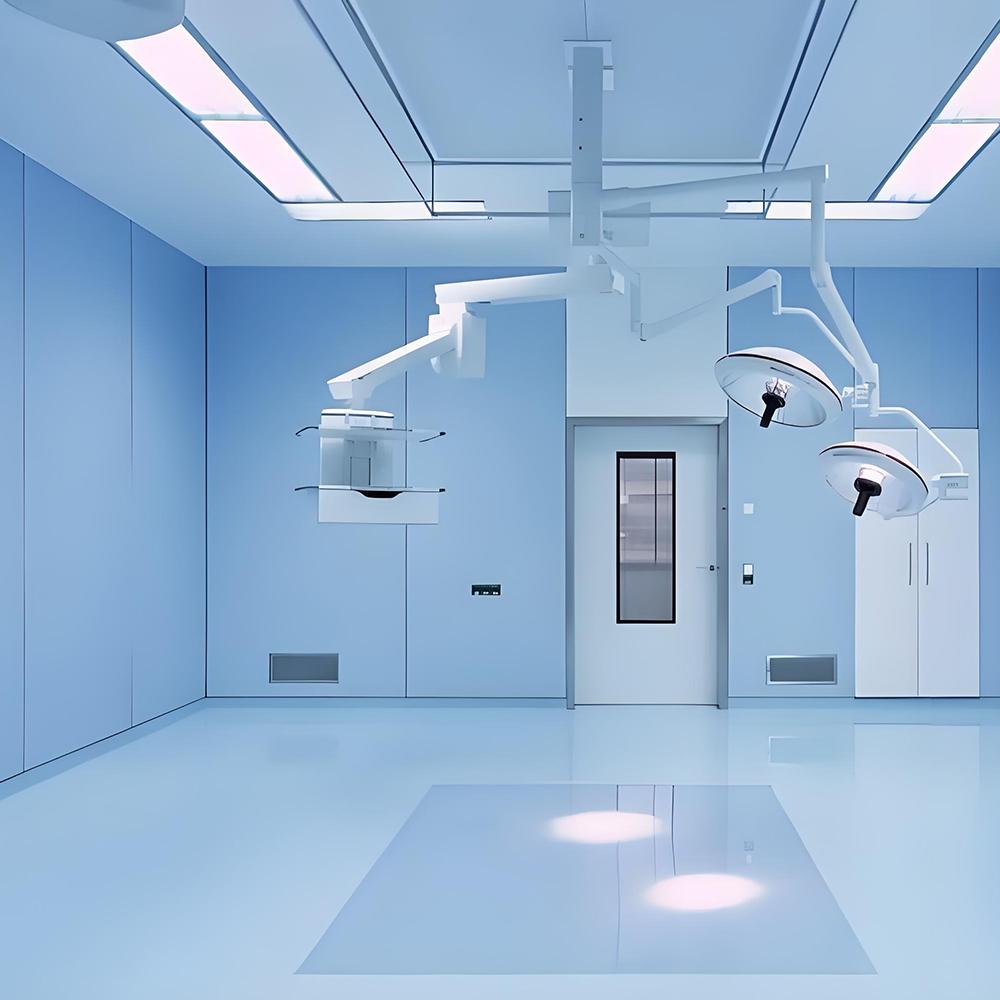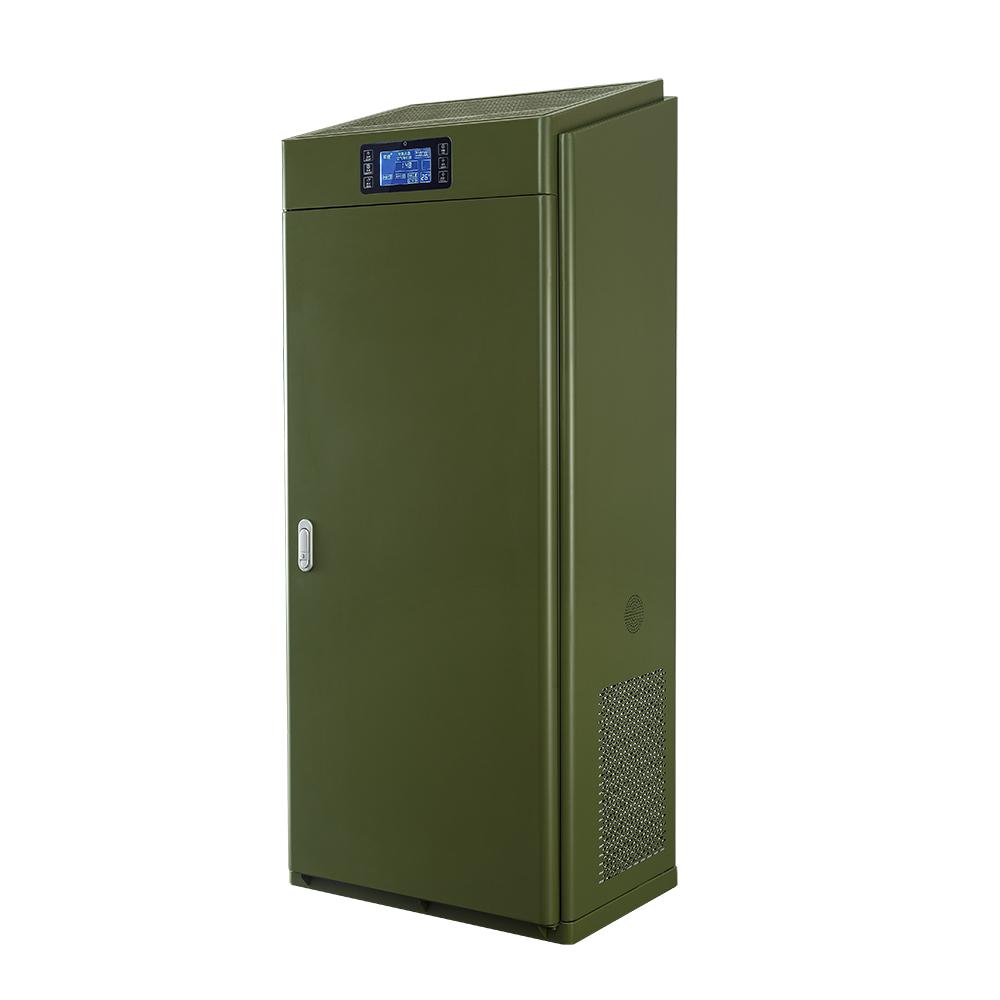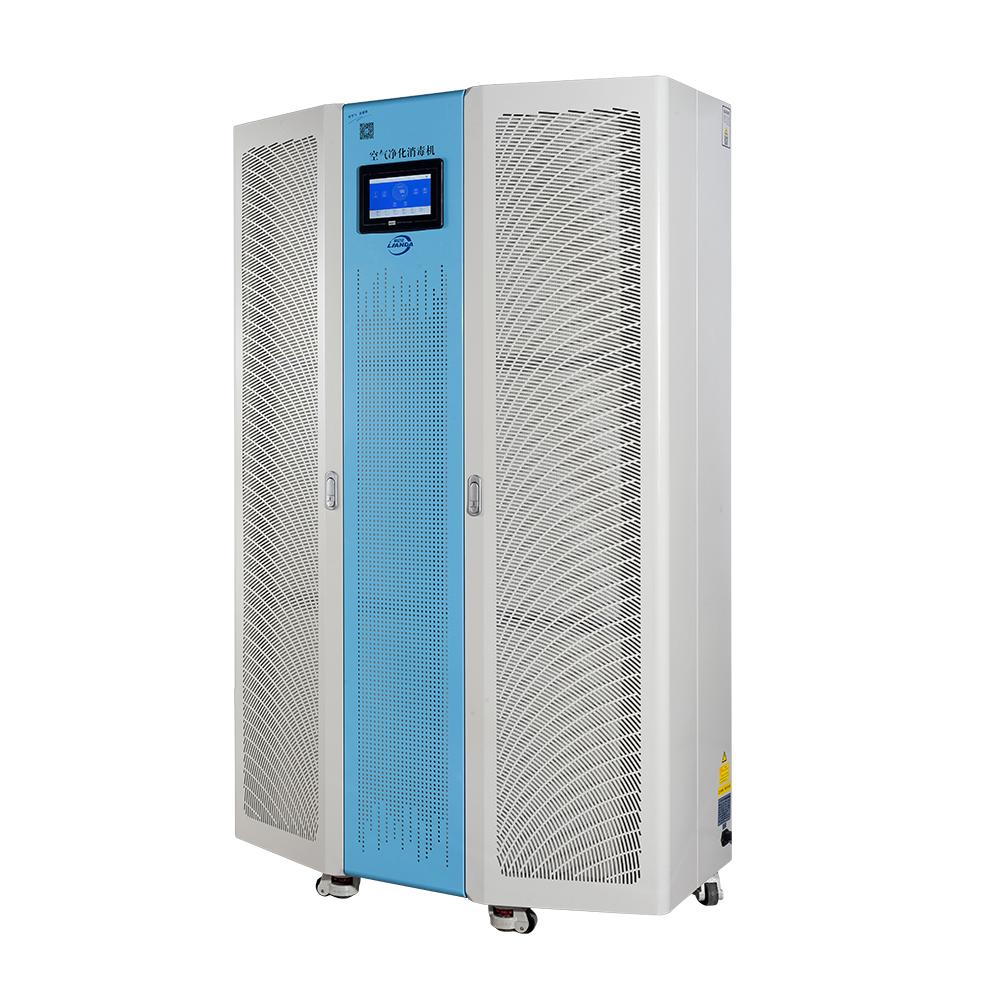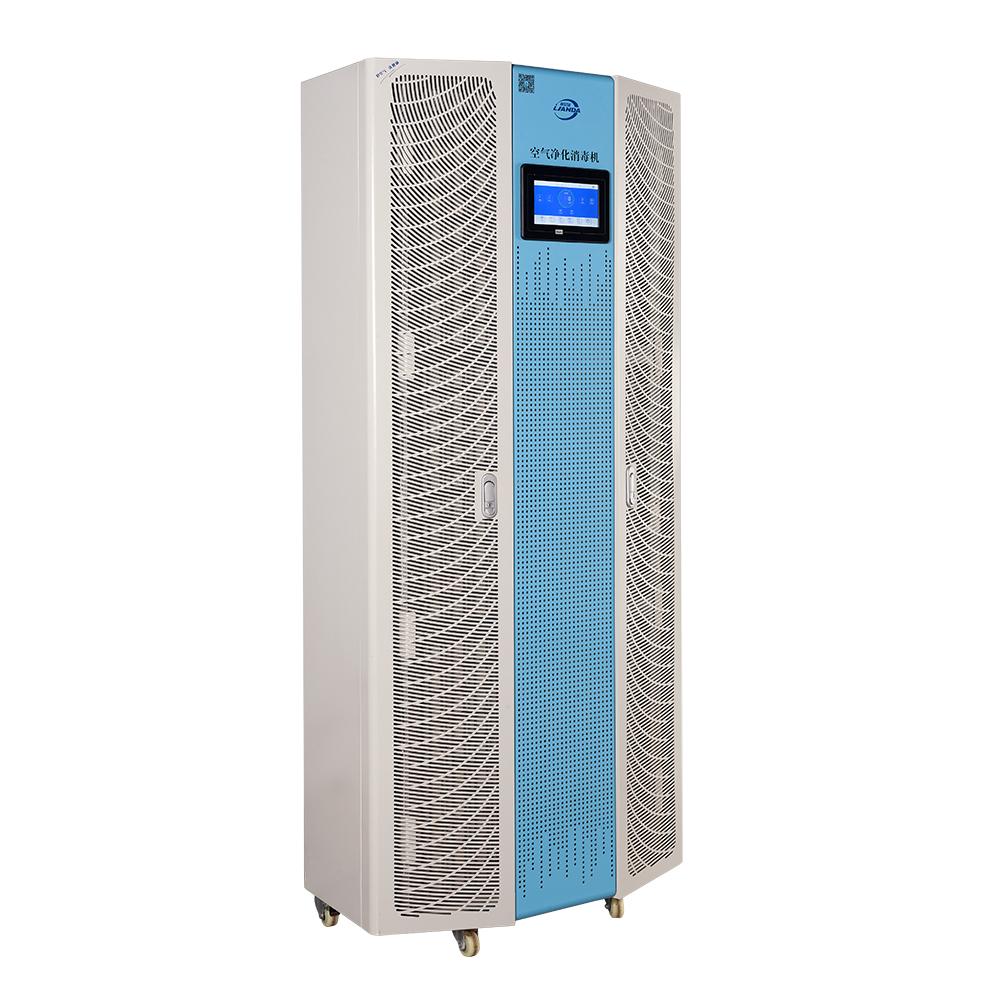Difference between air sanitizers and air sterilizers
As people pay more and more attention to air quality, two products, air sanitizers and air sterilizer, are becoming more and more popular. Although their names are similar, there are obvious differences in their functions, principles and ways of use. Today we will explore the main differences between the two.
1. Definition
Air sanitizers:
Air sanitizers usually refers to chemical substances in liquid form, which are mainly used to spray or atomize in the air to achieve the effect of disinfection and sterilization. Such products usually contain specific chemical ingredients, such as alcohol, chloride or other disinfecting ingredients, which can quickly and effectively kill germs and viruses in the air.
Air sterilizer:
An air sterilizer is a device that purifies the air, usually by physical or chemical methods. These devices use technologies such as ultraviolet rays, photocatalysis, ozone, negative ions, etc. to actively circulate air and remove harmful substances, bacteria and viruses in the air. They are often used in homes, offices, medical institutions and other places.
2. Working principle
Air sanitizers:
The working principle of air sanitizers mainly relies on the bactericidal effect of its chemical ingredients. When air sanitizers are sprayed into the air, the disinfectant components in the spray will react with the bacteria and viruses in the air, thereby achieving the effect of sterilization and disinfection.
Air sterilizers:
Air sterilizers continuously clean the air through a variety of technical means. For example, ultraviolet air disinfectors use ultraviolet light emitted by ultraviolet lamps to directly irradiate microorganisms in the air, making them inactive; while disinfectors using filters and negative ion technology can effectively capture suspended particles and pathogenic microorganisms in the air.
3. Usage
Air sanitizers:
The use of air disinfectant is relatively convenient. Users only need to spray it according to the instructions. It is suitable for short-term or local disinfection, such as disinfecting surfaces such as tableware and office desks.
Air sterilizers:
Air sterilizers usually need to be plugged in and run for a long time to ensure continuous air purification. It is suitable for environments that require long-term protection, such as homes, schools, hospitals and other places.
4. Sustained effect
Air sanitizers:
Since the effect of air sanitizers are temporary, if the air is not added or sprayed again after spraying, bacteria and viruses in the air may breed again. Therefore, its sustained effect is relatively short.
Air sterilizers:
Air disinfector can work continuously to keep the air in a relatively clean state. By regularly replacing the filter or lamp, the durability of the disinfection effect can be ensured.
5. Application scenarios
Air sanitizers:
Commonly used in places where rapid disinfection is required, such as operating rooms, patient wards, public transportation, etc. in medical institutions.
Air sterilizers:
Suitable for venues where the air needs to be kept fresh and healthy for a long time, such as homes, offices, schools, and entertainment venues.
When choosing air sanitizers or air sterilizers, users should make reasonable choices based on actual needs. If rapid disinfection is required, air sanitizers can be selected, but if the concentration exceeds the standard or long-term use will have an impact on the human body, especially allergic patients, such as rhinitis, etc., due to the irritating smell, it will cause discomfort; if you want to keep the air fresh for a long time, air sterilizers are a more appropriate choice. Both have their advantages and disadvantages, and reasonable combination can more effectively improve air quality and protect health.





